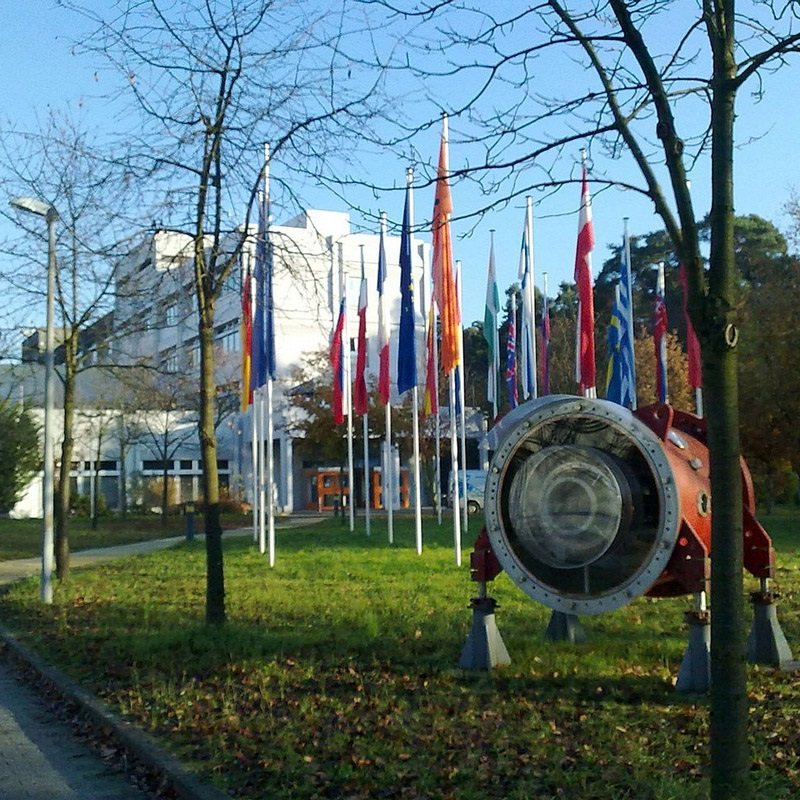Copernicium
112
Cn
Gruppe
12
Periode
7
Blokk
d
Protoner
Elektroner
Nøytroner
112
112
173
Generelle egenskaper
Atomnummer
112
Atomvekt
[285]
Massetall
285
Kategori
Transisjonsmetaller
Farge
I/T
Radioaktiv
Ja
Named after the astronomer Nicolaus Copernicus
Krystallstruktur
I/T
Historie
Copernicium was first created on February 9, 1996, at the Institute for Heavy Ion Research (Gesellschaft für Schwerionenforschung) in Darmstadt, Germany, by Sigurd Hofmann, Victor Ninov et al.
This element was created by firing accelerated zinc-70 nuclei at a target made of lead-208 nuclei in a heavy ion accelerator.
A single atom of copernicium was produced with a mass number of 277.
This element was created by firing accelerated zinc-70 nuclei at a target made of lead-208 nuclei in a heavy ion accelerator.
A single atom of copernicium was produced with a mass number of 277.
Elektroner per energinivå
2, 8, 18, 32, 32, 18, 2
Elektronkonfigurasjon
[Rn] 5f14 6d10 7s2
Copernicium has no stable or naturally-occurring isotopes
Fysikalske egenskaper
Fase
Væske
Tetthet
- g/cm3
Smeltepunkt
-
Kokepunkt
-
Smeltevarme
I/T kJ/mol
Fordampningsvarme
I/T kJ/mol
Spesifikk varmekapasitet
- J/g·K
Forekomst i jordskorpa
I/T
Forekomst i universet
I/T

Bildekreditter: Wikimedia Commons (Commander-pirx)
Grunnstoffet ble oppdaget ved Instituttet for tungioneforskning i Darmstadt, Tyskland
CAS-nummer
54084-26-3
PubChem Sammensatt identifikasjonsnummer (CID-nummer)
I/T
Atomegenskaper
Atomradius
-
Kovalent radius
122 pm
Elektronegativitet
-
Ioniseringsenergi
-
Molart volum
-
Termisk ledningsevne
-
Oksidasjonstilstander
2, 4
Bruksområder
Copernicium is used for scientific research purposes only.
Copernicium is harmful due to its radioactivity
Isotoper
Stabile isotoper
-Ustabile isotoper
277Cn, 278Cn, 279Cn, 280Cn, 281Cn, 282Cn, 283Cn, 284Cn, 285Cn